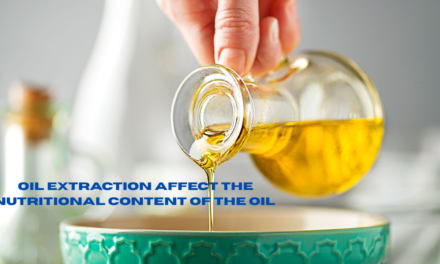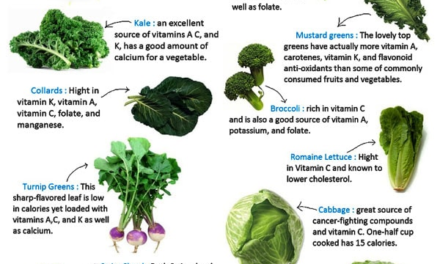Government regulations are critical in shaping food processing standards to ensure public safety, maintain quality, and promote fair trade. These regulations influence food production, from raw material sourcing to manufacturing, labeling, and distribution. Here’s how government regulations impact food processing standards:
1. Food Safety and Hygiene
- Regulations:
- Hazard Analysis and Critical Control Points (HACCP): Many governments mandate HACCP-based systems to identify and control food safety risks.
- Good Manufacturing Practices (GMP): Enforce hygiene and sanitation requirements in processing facilities.
- Inspection and Audits: Regulatory agencies conduct inspections to ensure compliance with safety protocols.
- Impact:
- Ensures food is free from contaminants, pathogens, and other safety hazards.
- Reduces the risks of foodborne illnesses.
2. Labeling and Packaging
- Regulations:
- Ingredient Transparency: Requires clear labeling of ingredients, nutritional facts, allergens, and additives.
- Country-Specific Standards: Different countries have unique requirements, such as the FDA’s Nutrition Facts label in the U.S. or the EU’s mandatory allergen labeling.
- Sustainability Requirements: Increasing focus on eco-friendly packaging materials and recyclability.
- Impact:
- Increases consumer trust by providing accurate product information.
- Ensures fair competition by standardizing label formats.
3. Product Quality Standards
- Regulations:
- Codex Alimentarius: International food standards that guide national regulations.
- Product-Specific Standards: Requirements for certain food categories, such as dairy, meat, and beverages.
- Impact:
- Maintains consistent product quality across markets.
- Facilitates international trade by harmonizing standards.
4. Allergen Management
- Regulations:
- Mandatory Allergen Labeling: This requirement requires the disclosure of common allergens (e.g., nuts, dairy, and gluten) on packaging.
- Cross-Contamination Prevention: Enforces facility design and operational practices to avoid cross-contamination.
- Impact:
- Protects consumers with food allergies and sensitivities.
- Reduces liability risks for manufacturers.
5. Use of Additives and Preservatives
- Regulations:
- Approved Additive Lists: These lists specify safe additives and their permissible levels (e.g., GRAS substances in the U.S.).
- Natural vs. Artificial: Promotes clean-label initiatives in response to consumer demand for natural ingredients.
- Impact:
- Balances product safety, shelf life, and consumer health concerns.
- Encourages innovation in natural preservation techniques.
6. Sustainability and Environmental Compliance
- Regulations:
- Waste Management: Enforces proper disposal of food waste and by-products.
- Energy Use: Promotes energy-efficient processes and renewable energy adoption.
- Water Usage: Regulates water consumption and wastewater treatment.
- Impact:
- Encourages eco-friendly practices in food processing.
- Aligns food manufacturers with global sustainability goals.
7. Traceability and Supply Chain Transparency
- Regulations:
- Food Traceability Requirements: Mandates systems to track food from source to consumer.
- Blockchain Adoption: Encouraged in some regions for enhanced transparency.
- Impact:
- Helps in rapid recalls during contamination outbreaks.
- Builds consumer trust by providing product origin and supply chain data.
8. Worker Safety and Fair Labor Practices
- Regulations:
- Occupational Safety Standards: Ensure safe working conditions in processing plants.
- Fair Wages and Labor Laws: Prevent exploitation in the food processing sector.
- Impact:
- Improves worker satisfaction and productivity.
- Ensures ethical production practices.
9. Export and Import Regulations
- Regulations:
- Sanitary and Phytosanitary (SPS) Measures: Ensure food meets importing countries’ health standards.
- Customs Inspections: Verify compliance with labeling, packaging, and safety requirements.
- Impact:
- Facilitates international trade by ensuring products meet global standards.
- Reduces rejection or penalties during cross-border shipments.
10. Innovation and Research Incentives
- Regulations:
- R&D subsidies: Governments may provide incentives for research into sustainable and safe food processing technologies.
- Regulatory Approvals for Novel Foods: Frameworks for approving new food categories, like lab-grown meat or plant-based proteins.
- Impact:
- Encourages innovation while ensuring new products are safe and meet regulatory standards.
- Supports industry competitiveness and market expansion.
Examples of Key Regulatory Bodies
- United States: Food and Drug Administration (FDA), United States Department of Agriculture (USDA).
- European Union: European Food Safety Authority (EFSA).
- India: Food Safety and Standards Authority of India (FSSAI).
- China: China Food and Drug Administration (CFDA).
- Global: Codex Alimentarius Commission, World Health Organization (WHO).
Conclusion
Government regulations set a framework that ensures food safety, quality, and sustainability while promoting innovation and consumer trust. Compliance with these regulations is essential for food manufacturers to maintain market access, avoid legal penalties, and build brand reputation.
Hashtags
#FoodRegulations #FoodSafetyStandards #GovernmentPolicy #FoodIndustryCompliance #RegulatoryStandards #SafeFoodProcessing #FoodLaws #QualityAssurance #FoodSafetyInnovation #ComplianceMatters #FoodProcessingTech #GlobalFoodStandards #PolicyImpact #SustainableFoodProcessing #ConsumerSafety #FoodCompliance #FoodSafetyFirst #IndustryStandards #FoodQualityControl #FoodSafetyAwareness









